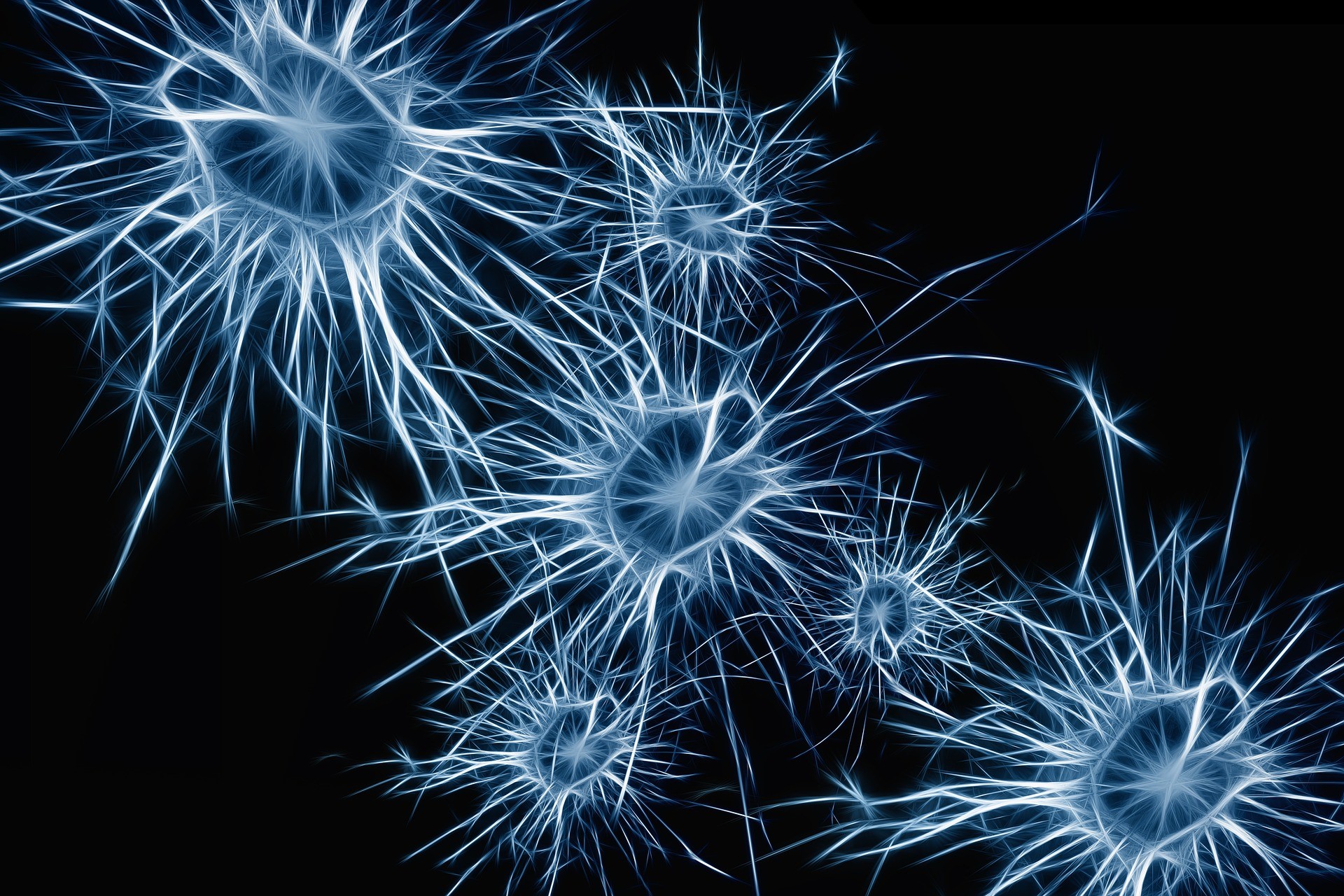
By Heather Hamilton, contributing writer
Scientists at the University of Twente have successfully printed 3D structures with living cells. By using a technique called in-air microfluidics, the printed structures can repair damaged tissue. The study first appeared in Science Advances .
Phys.org explains that “microfluidics is all about manipulating tiny drops of fluid with sizes between a micrometer and a millimeter. Most often, chips with tiny fluidic channels, reactors, and other components are used for this: lab-on-a-chip systems.” Previously, the process was too slow to repair tissue, taking approximately 17 hours to fill a cubic centimeter. Researchers from UT hoped to increase speed by manipulating fluids in the air as opposed to the microchannels. It worked, filling a cubic centimeter in minutes as opposed to hours.
Med Gadget breaks the research down to explain that the process is slow because living cells have to move through microfluidic channels to mix with things like structural material, eventually moving to a nozzle responsible for the printing. The new technique quickens the process because it combines two liquids, one of which is laced with living cells. As they interact and solidify, they take on the desired shape.
Authored by Claas Willem Visser from the University of Twente’s Physics of Fluids group, Tom Kamperman from the Developmental BioEngineering group, Lisanne Karbaat, Detlef Lohse, and Marcel Karperien, the paper outlines the process of using two fluid jets to capture living cells within the 3D-printable material. Both Visser and Kamperman are involved with a new IamFluidics spinoff.
Essentially, the first jet shoots droplets into the second jet. 3D Print reports that the jets were ejected from fused silica tubing and are able to move up to 100 to 1,000 times faster than droplets that move from the fluidic channel of a microchip.
The research also indicates that the collision of droplets of different types of reactionary fluids actually creates new materials. As stated in the paper, the method eliminates the need from cleanroom-based chip fabrication and channel wall surface treatments and prevents clogging from solidification, both of which open the process to areas not typically compatible with microfluid chips.
The capsules are printed directly onto the substrate, which shortens the process to one step and does not use UV light or heat, which would damage cells. The 3D structure looks a lot like a sponge, while the internal biomaterials resemble natural tissue.
Currently, the method only allows for cylindrical objects, which should soon make way for other shapes.
Sources: Science Advances, Phys.org, Med Gadget, 3D Print
Image Source: Pixabay
Advertisement








